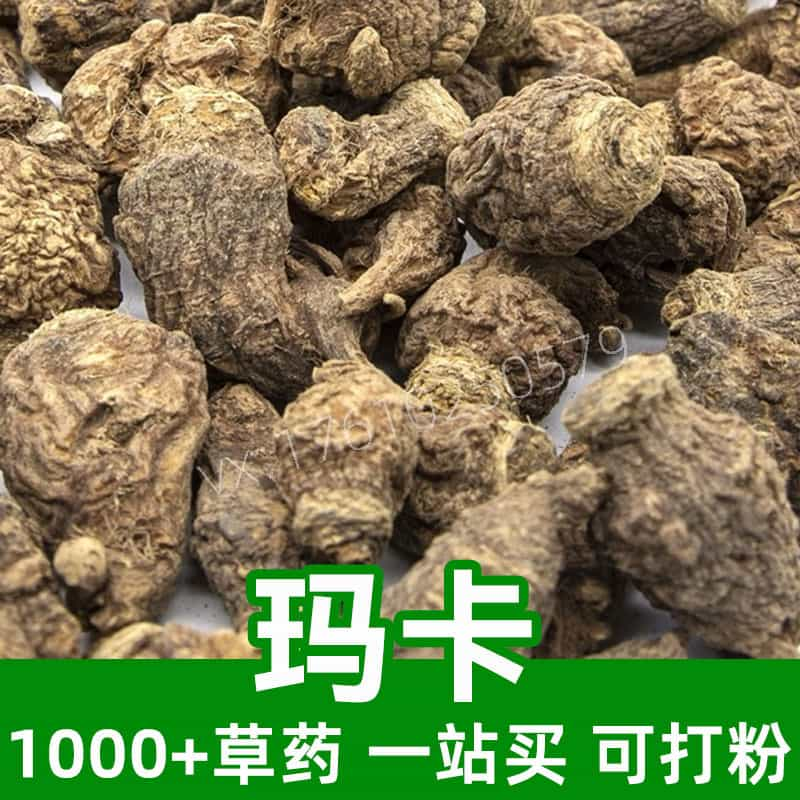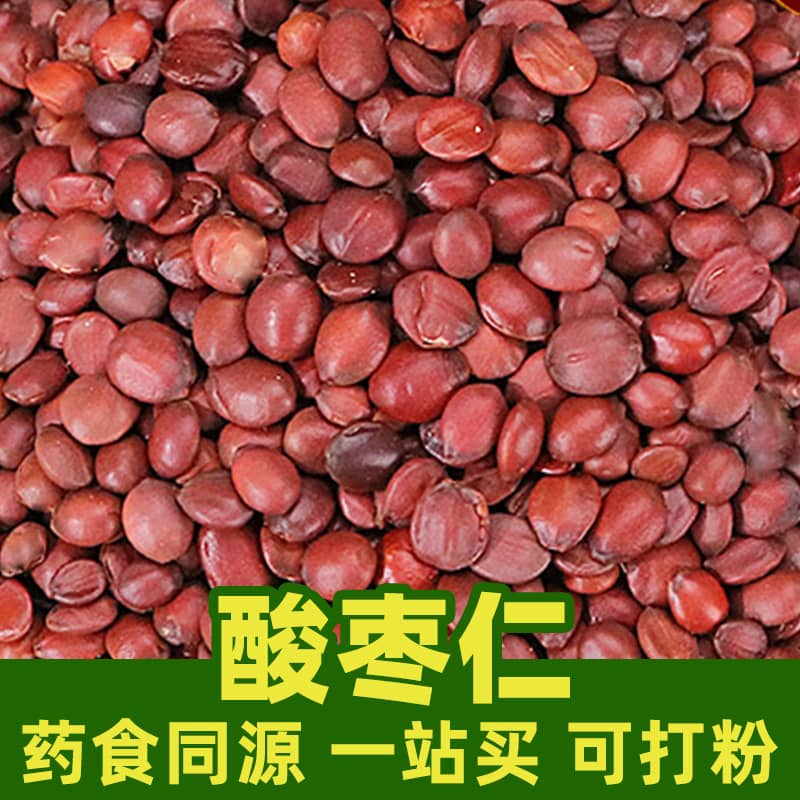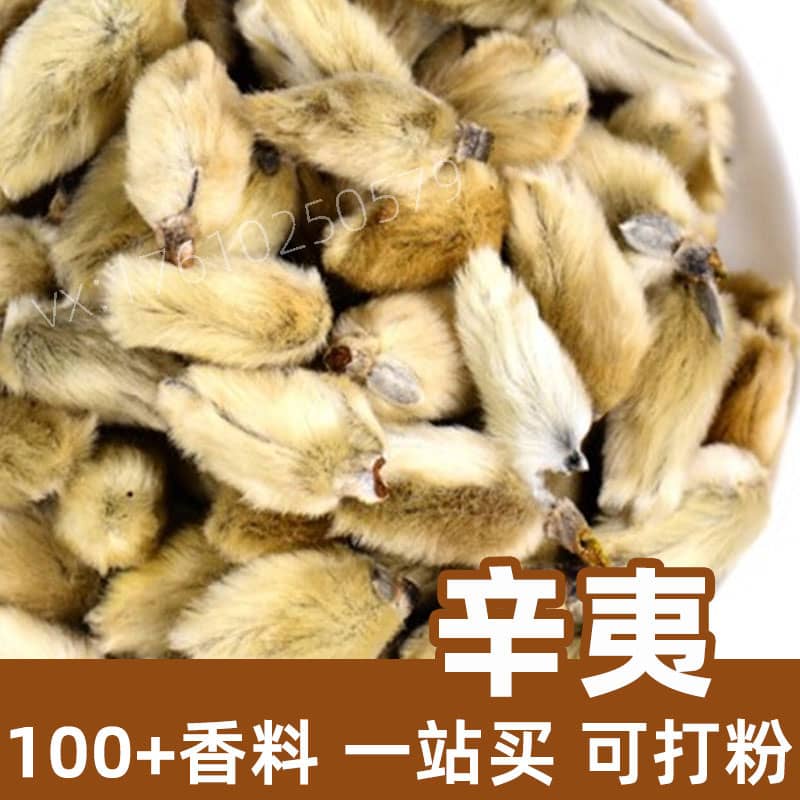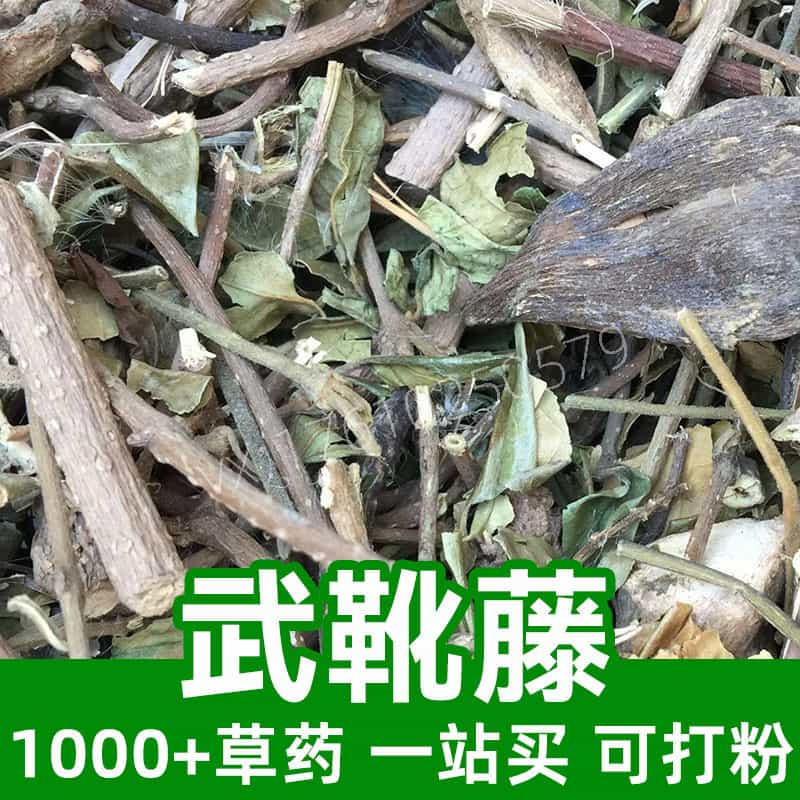Product Introduction
Forsythia suspensa leaves, commonly known as Lian Qiao, are a valued component in traditional Chinese herbal medicine. This herb is recognized for its historical use in Chinese culture, primarily in the treatment of respiratory and inflammatory conditions. The leaves, harvested from the forsythia plant, exhibit a variety of bioactive compounds contributing to their pharmacological properties. Originating from temperate regions of East Asia, particularly China, these leaves have been celebrated for their utility in herbal formulations.
As a key ingredient in TCM, Forsythia suspensa leaves are said to facilitate the clear flow of energy within the body's meridians and support overall health. They are commonly utilized in various forms, including herbal teas, tinctures, and poultices, serving both medicinal and culinary purposes. Their slightly bitter taste is often balanced with other herbs or sweeteners in teas, making them enjoyable in various preparations. The leaves are valued not only for their potential health benefits but also for their distinctive flavor profile, which complements many traditional dishes. As a versatile herb, Forsythia suspensa leaves continue to play a significant role in both ancient practices and modern herbal applications.
Main Active Ingredients
Forsythia suspensa leaves are rich in a variety of bioactive compounds that contribute to their effectiveness in herbal medicine. Among the most notable compounds are forsythoside A and forsythoside B, which are glycosides known for their antioxidant properties. These compounds help neutralize free radicals in the body, providing potential protection against cellular damage.
In addition to glycosides, the leaves contain a range of flavonoids, which are plant pigments with strong antioxidant and anti-inflammatory effects. These include quercetin and luteolin, both of which have been studied for their ability to support immune function and promote cellular health. Other important components found within the leaves include phenolic acids, such as caffeic acid, which have been shown to exhibit antimicrobial and anti-inflammatory properties.
The chemical profile of Forsythia suspensa leaves makes them a valuable asset in herbal concoctions aimed at maintaining overall health and well-being. The synergistic effects of these active ingredients are believed to play a role in enhancing the body's natural defenses and promoting vitality. Additionally, the nutritional profile of the leaves includes essential vitamins and minerals that support various bodily functions. This concentration of health-promoting compounds underscores the significance of Forsythia suspensa leaves in both traditional use and modern herbal formulations.
Product Application Scenarios, Usage, and Dosage
In traditional Chinese medicine, Forsythia suspensa leaves are primarily used for their purported ability to clear heat and resolve toxins. They are often incorporated into herbal formulations intended for respiratory health, such as teas aimed at alleviating symptoms of coughs or sore throats. Additionally, the leaves may be used in teas designed to support the body's immune system, particularly during seasonal changes when susceptibility to illness may increase.
When utilizing Forsythia suspensa leaves in herbal preparations, common methods of consumption include brewing them as a tea or incorporating them into soups. For tea, a typical dosage is about 3-5 grams of dried leaves, steeped in boiling water for approximately 10-15 minutes. This can be consumed once to twice daily. In culinary applications, the leaves can be added to broth or stews for additional flavor and nutrition.
It's essential to consult with a qualified herbalist or healthcare professional before using Forsythia suspensa leaves, especially for those with underlying health conditions or who are pregnant or nursing. Responsibilities with dosage and frequency should be taken into account based on individual health needs, seasonal factors, and specific goals of use. Overall, Forsythia suspensa leaves should be considered a supplementary addition to a holistic health regimen, in line with the principles of traditional herbal medicine.
Introduction to the Source Plant, Distribution, and Growth Environment
Forsythia suspensa is a deciduous shrub indigenous to East Asia, primarily found across northern China, Korea, and Japan. This plant thrives in diverse environments, including wooded hillsides, grasslands, and along riverbanks, demonstrating resilience in a variety of soil types but preferring well-drained, loamy conditions. The shrubs can grow up to 3 meters in height and are characterized by their opposite green leaves, which turn yellow in the fall, and their vibrant yellow flowers that bloom in early spring before the leaves fully unfurl.
Forsythia suspensa is often cultivated in gardens and nurseries, both for ornamental purposes and for the harvesting of its leaves and fruits. The plant typically thrives in areas with full sun to partial shade and requires moderate watering. Seasonally, it benefits from cooler temperatures in winter, as this triggers dormancy, which contributes to the plant's growth cycle.
The sustainable harvesting of Forsythia suspensa leaves is crucial for preserving the plant in its natural habitat. Traditional methods include picking the leaves by hand during the peak growing season, ensuring that the plant can continue to thrive. Considering environmental factors that can impact its growth, such as climate change and habitat loss, conservation efforts are essential for protecting this valuable herbal resource.
Harvesting, Processing, and Storage
The harvesting of Forsythia suspensa leaves is typically done in late spring or early summer when the leaves are at their peak of flavor and potency. Careful selection involves picking healthy, mature leaves while ensuring that the plant remains unharmed to promote continued growth. A sustainable harvesting approach fosters environmental balance and supports ongoing availability for future use.
After harvesting, the leaves are generally washed and dried to remove any impurities and excess moisture. This drying process is crucial, as it concentrates the active ingredients while preventing mold or spoilage. Leaves can be air-dried in well-ventilated spaces, avoiding direct sunlight to preserve their color and beneficial properties. Once dried, the leaves are often crushed or left whole based on intended use, whether in teas, extracts, or as culinary ingredients.
For optimal storage, Forsythia suspensa leaves should be kept in an airtight container in a cool, dark, and dry place. Proper storage conditions are vital to preventing degradation of the leaves and retaining their herbal qualities. In general, dried leaves can maintain their potency for up to one year if stored correctly. However, for long-term preservation, especially in commercial practices, vacuum sealing can extend shelf life while safeguarding the integrity of the herb.
Understanding how to properly harvest, process, and store Forsythia suspensa leaves ensures that this valuable herb remains a viable resource for both traditional practices and modern applications. By respecting its natural habitat and employing responsible usage of this herb, we honor its legacy in herbal medicine.
Monica Sun is a seasoned expert in the natural raw materials industry, with over a decade of experience specializing in traditional Chinese medicinal herbs, spices, and fungi. She is skilled in the sourcing, processing, and application of these materials, emphasizing sustainability and innovation. Monica Sun has contributed to the development of high-quality natural raw materials that serve as essential components in functional foods, pharmaceuticals, and cosmetics, delivering tailored solutions to meet diverse market needs.















